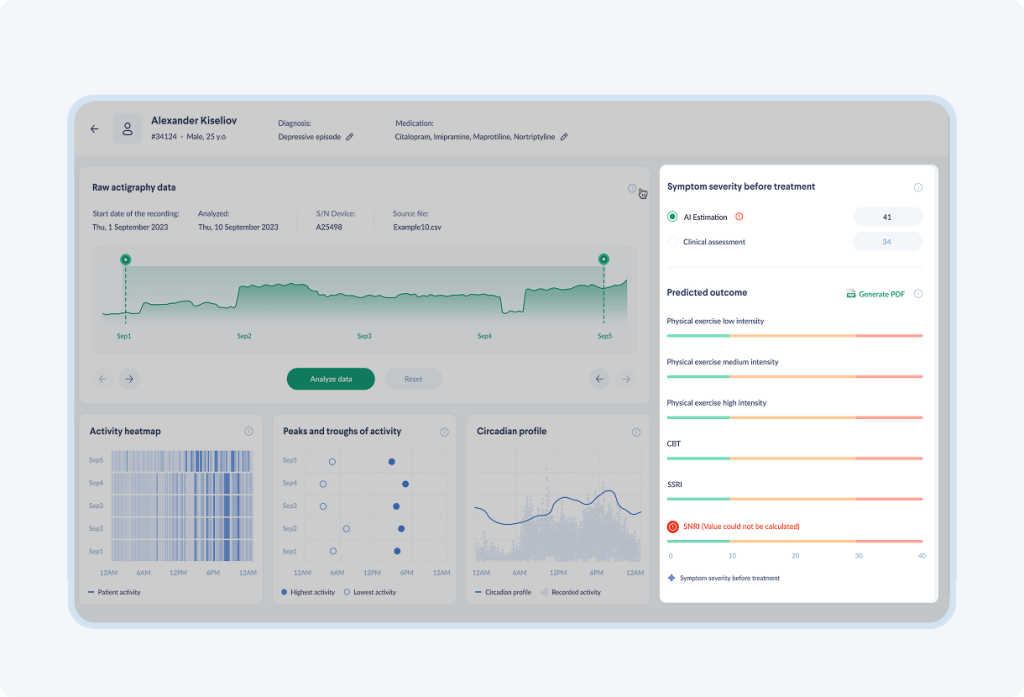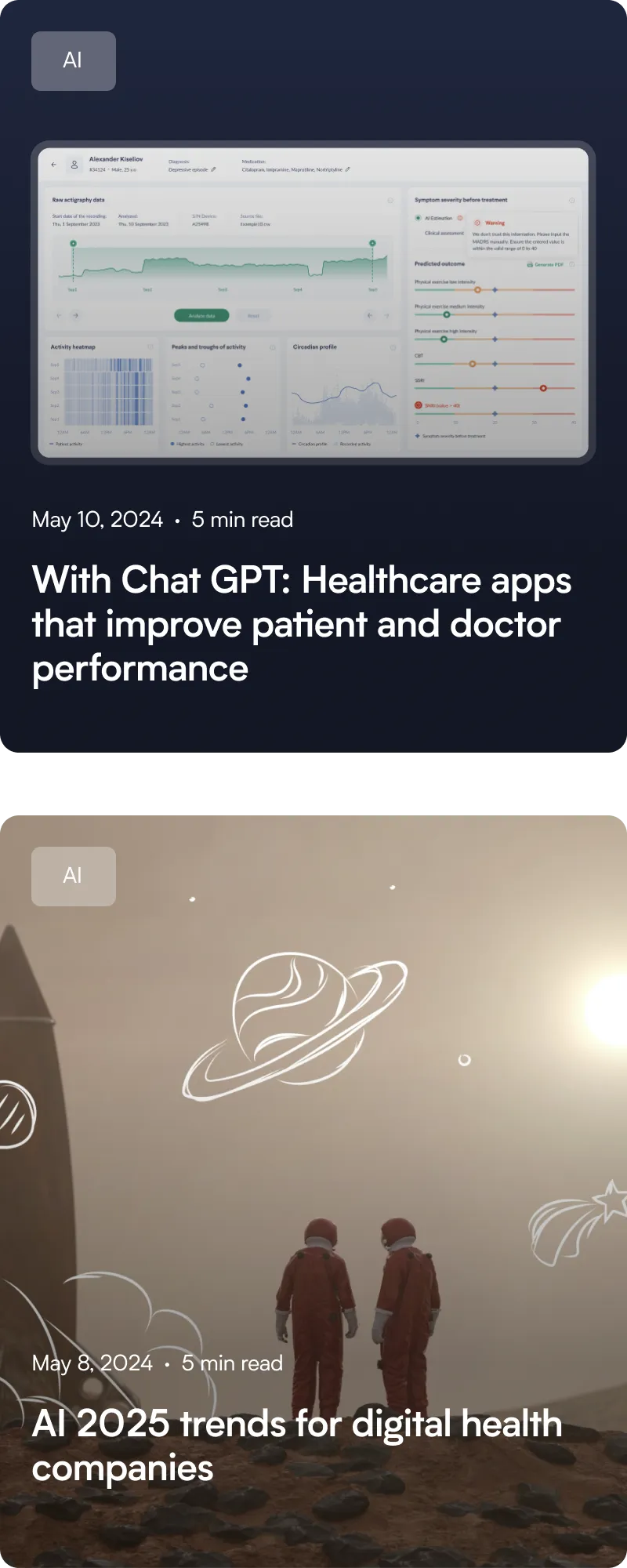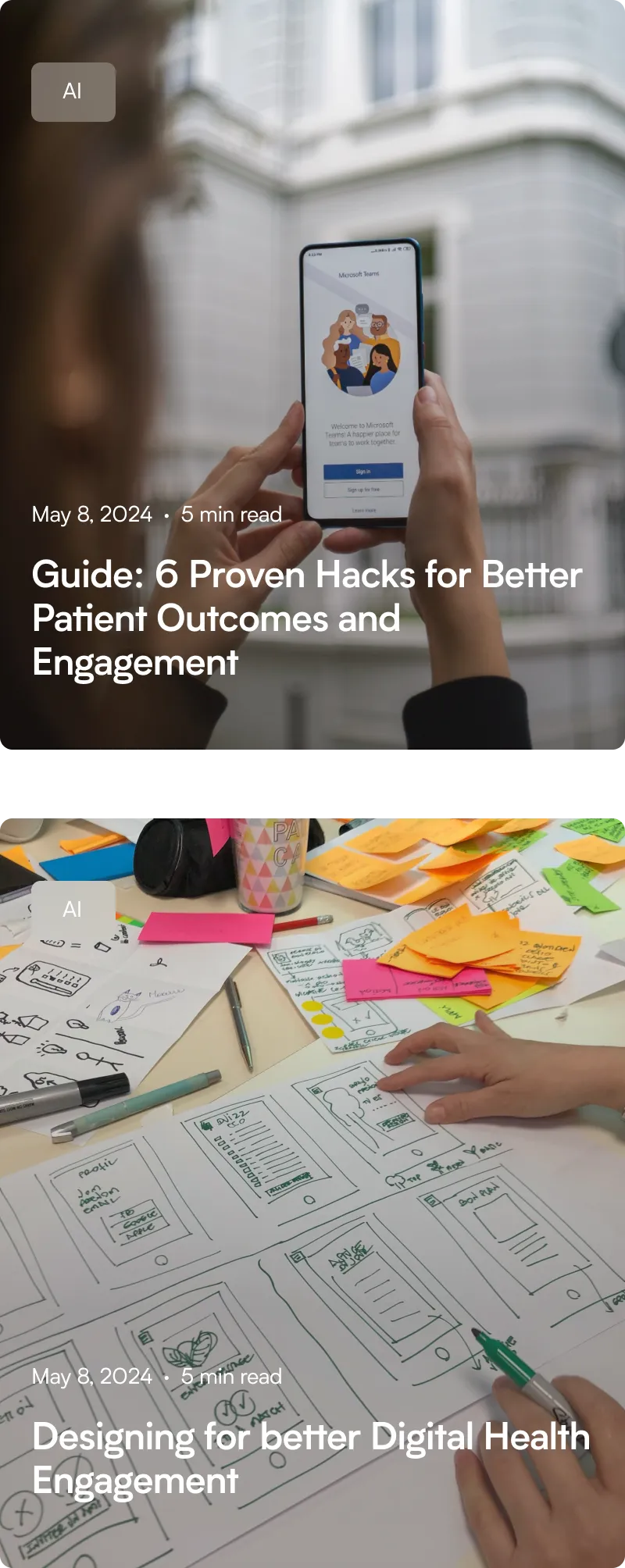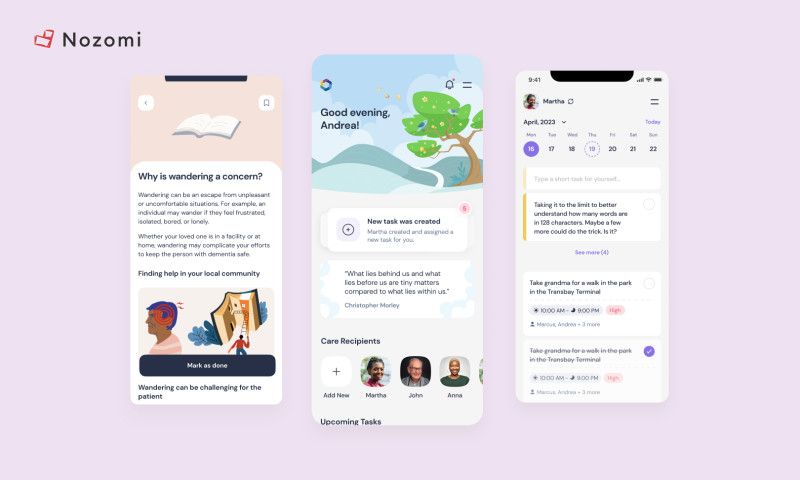Research lab
What should I do if my product is not for sale?
December 18, 2024 · 5 min read

Max Mamoyco
CEO
In the world of digital healthcare, where patient engagement and regulatory compliance shape product success, launching a product that doesn’t sell is a critical challenge. Whether you're a startup or an established company, facing low adoption rates means reassessing your product strategy, features, and user experience. Let's explore what could be going wrong and how to fix it.
I. Understanding why your product isn’t selling
Before jumping to solutions, it's crucial to diagnose the root cause. Here are the most common reasons why a digital health product might not be gaining traction:
1. Misalignment with market needs – is there a real, pressing problem that your product solves?
2. Poor user engagement – does your UX create friction instead of seamless interactions?
3. Lack of trust & compliance – does your product meet strict healthcare regulations and provide the necessary security?
4. Unclear value proposition – can users immediately understand the benefits?
5. Difficult implementation – does integration with existing healthcare systems require too much effort?
Once you identify the key issue, you can apply targeted strategies to fix it.
II. Product & Feature Strategy: build what matters
🔹 Focus on core needs, not just features
Healthcare users—whether patients, doctors, or administrators—don’t need an app overflowing with unnecessary features. Instead, they need a focused, outcome-driven experience.
Solution:
1. Use patient journey mapping to align features with real needs.
2. Prioritize evidence-based functionalities (e.g., remote monitoring, AI-driven diagnostics).
3. Validate assumptions through early user testing before scaling.

This principle we have realized in the NLD platform: a clinical decision support tool for better management of antidepressant treatment. By prioritizing essential features and ensuring seamless clinical workflows, adoption rates increased significantly.
🔹 Improve data integration & interoperability
One of the biggest barriers in healthcare adoption is poor data connectivity. If your app doesn’t integrate well with EHRs, patient portals, or insurance systems, its usability drops significantly.
Solution:
1. Implement FHIR & HL7 standards for seamless data exchange.
2. Provide API-first solutions that make integrations easier for enterprise clients.
3. Offer a low-friction onboarding process with pre-built templates for integrations.
III. UI/UX: make engagement intuitive & emotional
🔹 Optimize for ease of use
Healthcare users—patients, clinicians, caregivers—already deal with complexity in their daily lives. If your interface isn’t intuitive, they will abandon it.
Solution:
1. Implement a minimalist, clutter-free UI.
2. Follow accessibility best practices (e.g., large buttons, high contrast for low-vision users).
3. Use guided onboarding with AI-driven chat support or interactive walkthroughs.

This principle we have realized in the dermatologist247 app: a digital platform for streamlined dermatology consultations and care.
🔹 Gamification for retention
If users aren’t returning, your product likely lacks engagement hooks. Gamification techniques can encourage habit formation and long-term retention.
Solution:
1. Progress tracking & achievements – Reward users for consistency in medication adherence or therapy sessions.
2. AI-powered personalization – Adaptive experiences based on user behavior.
3. Social proof & community support – Leverage patient forums, peer coaching, or clinician support networks.

This principle we have realized in the Moksha app: mental health tool for reducing stress and anxiety.
IV. Trust, compliance, and psychological safety
🔹 Ensure regulatory compliance first
Healthcare is a high-trust industry. If your product doesn’t comply with HIPAA, GDPR, or FDA guidelines, potential customers will hesitate.
Solution:
1. Clear data privacy policies & transparent consent management.
2. End-to-end encryption & secure cloud storage.
3. Third-party audits & certifications for credibility.
🔹 Leverage AI responsibly
If your product includes AI-powered features, users need transparency. Explainability & reliability are key to adoption.
Solution:
1. Use AI explainability frameworks (e.g., “Why did AI recommend this treatment?”).
2. Human-in-the-loop validation for critical AI-generated decisions.
3. Error feedback loops allowing clinicians to refine AI models.
V. If you can’t sell, can you pivot?
If your product isn’t selling despite improvements, it may be time to rethink your business model or go-to-market strategy.
🔹 B2B instead of B2C?
Selling directly to hospitals, insurers, or pharmaceutical companies might be more viable than targeting individual users.
🔹 API monetization instead of a standalone app?
If full product adoption is a challenge, offering API-based AI diagnostics, scheduling, or EHR analytics as plug-and-play solutions could be a strong alternative.
🔹 Freemium or pilot model for early adoption?
If your target users hesitate due to upfront costs, consider:
1. Limited free access with premium features.
2. Pilot programs with hospitals for feedback & credibility.
3. Enterprise partnerships for faster institutional adoption.
Who we are? We are a digital health product studio, who transforms healthcare digital experiences and sets new standards for delivering digital healthcare in a way that positively impacts people’s lives.

We assist healthcare startups in designing and developing digital products, while also helping healthcare organizations undergo transformative changes.
If you are interested about our experience check our portfolio with case studies by the link or you can read more about us here.
And write to us now on m@nozomihealth.com and we will discuss how we can help ensure that your product brings real benefits.
Related posts
Subscribe to receive latest hacks from our research team








10K
subscribers including top leaders read our newsletter
Contact us
Email, call or complete the form to learn how we can help you.
Email
m@nozomihealth.com
Phone
+48 514-468-485
Leave us a message
Drop us a message and we’ll reply within a day

